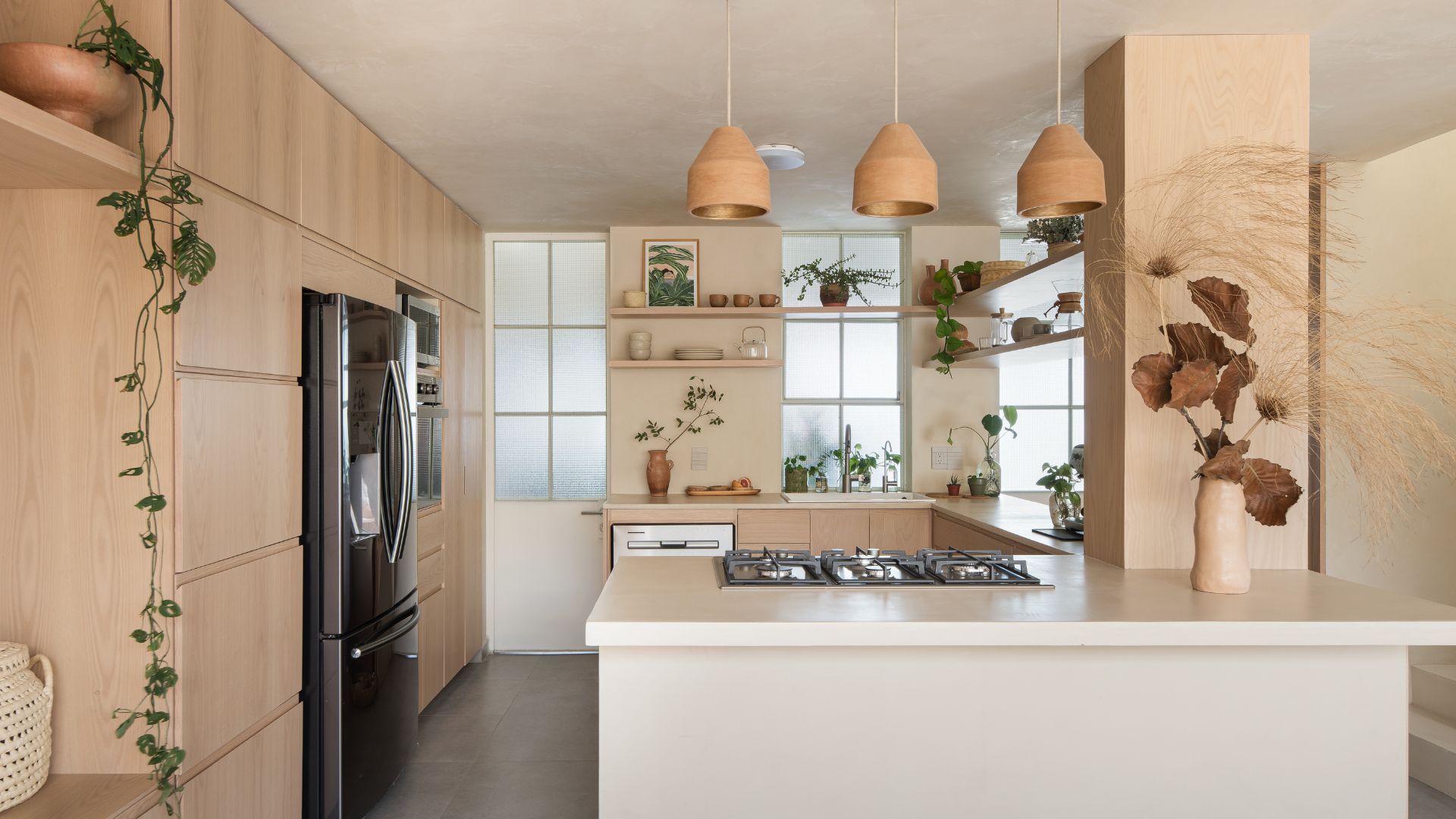
Every other week or so, I come across a bunch of new plant care hacks that seem too good to be true. And oftentimes, they are. This has cost me quite a few plants in the past, but I'm now looking to turn over a new leaf.
Now that the seasons have changed and houseplant humidity is the call of the hour, I have focused my efforts on uncovering the most common myths within this genre of plant care. Even the most popular plants suffer the consequences of these fabricated facts, but no longer.
Here are the top houseplant humidity myths you should eliminate from your routine and the reality that might surprise you.
1. All Houseplants Require High Humidity
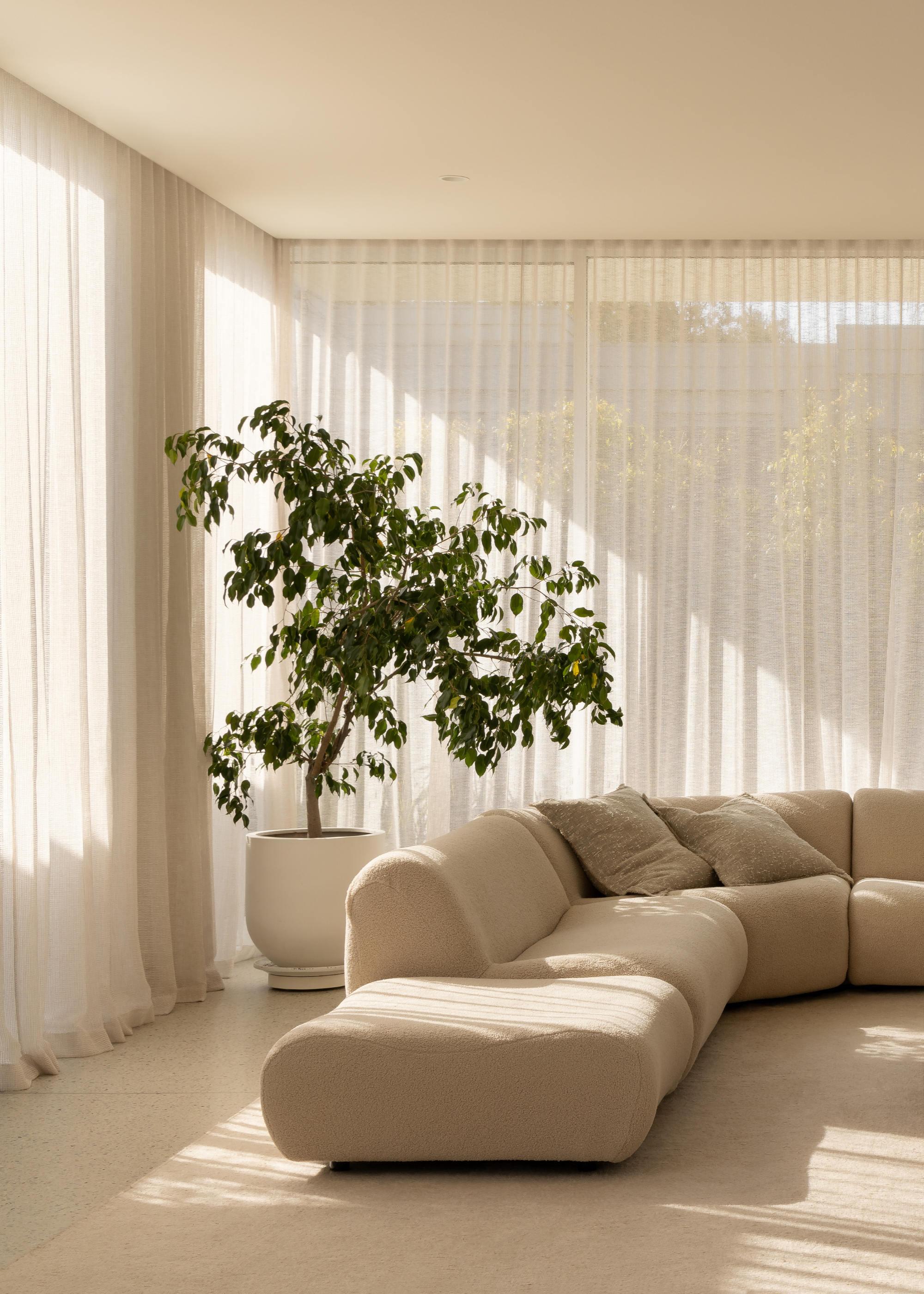
"It's a common myth that all houseplants require high humidity during their growing phases," says plant expert Tony O'Neill. However, he tells me that this is simply not true.
"While it's true that tropical plants thrive in high humidity, many common houseplants are actually quite adaptable and can thrive in average indoor humidity levels," he notes.
So, instead of maintaining high humidity throughout your indoor garden, I recommend adopting a collection of plants that host similar humidity requirements and catering to them with ease.
2. Regular Misting Is Sufficient for Humidity-Loving Plants
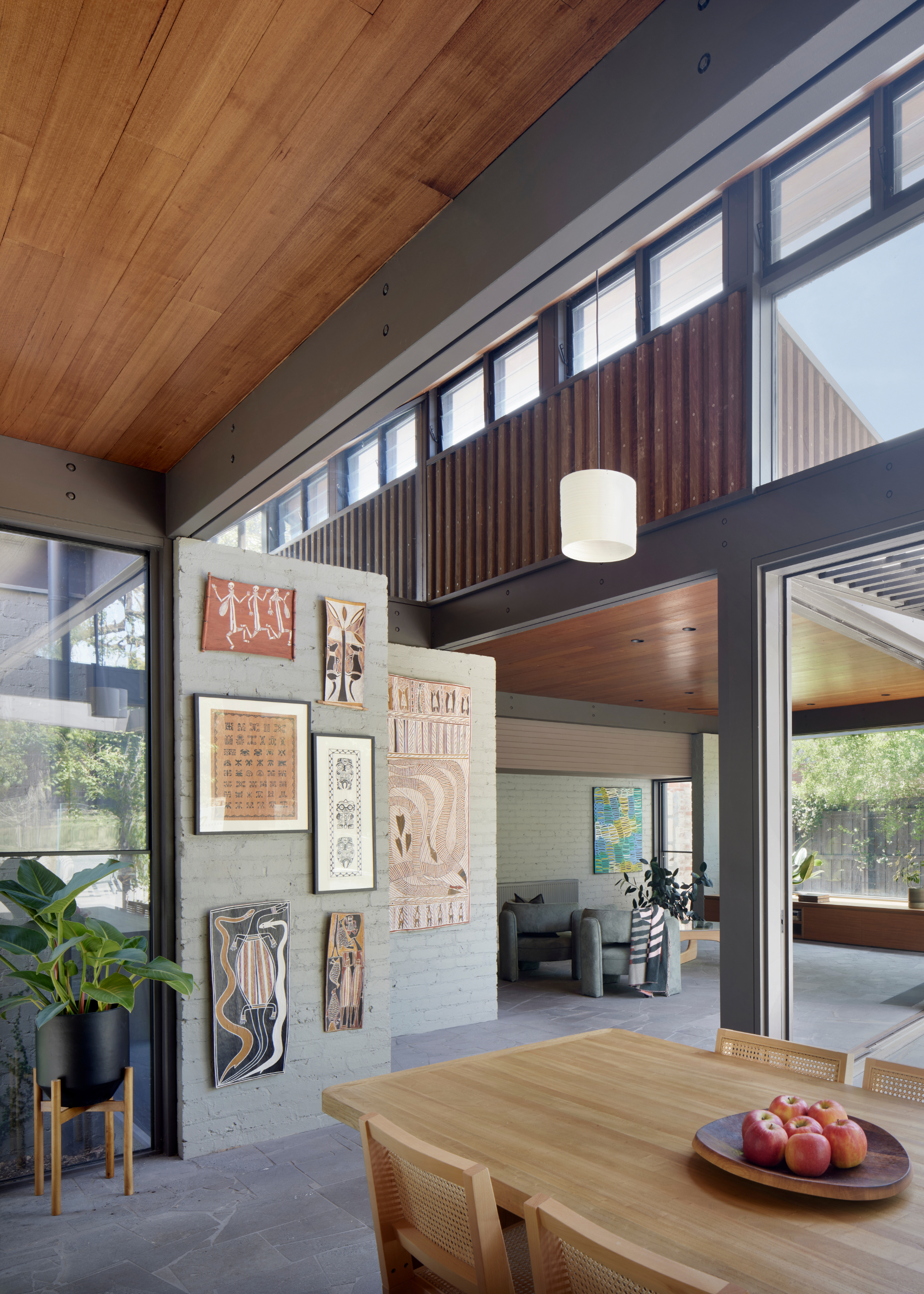
"A lot of beginner gardeners are under the impression that regular misting is sufficient for humidity-loving plants," says Tony. "But this is just another houseplant humidity myth.
"In reality, misting provides a brief humidity boost but does not replace the need for sustained higher humidity levels, which might be better achieved through humidifiers."
So if you're letting your houseplants rely solely on misting for their humidity needs, it might be time to diversify your methods and reach the perfect humidity level for healthy growth.
3. Pebble Trays Promote Humidity
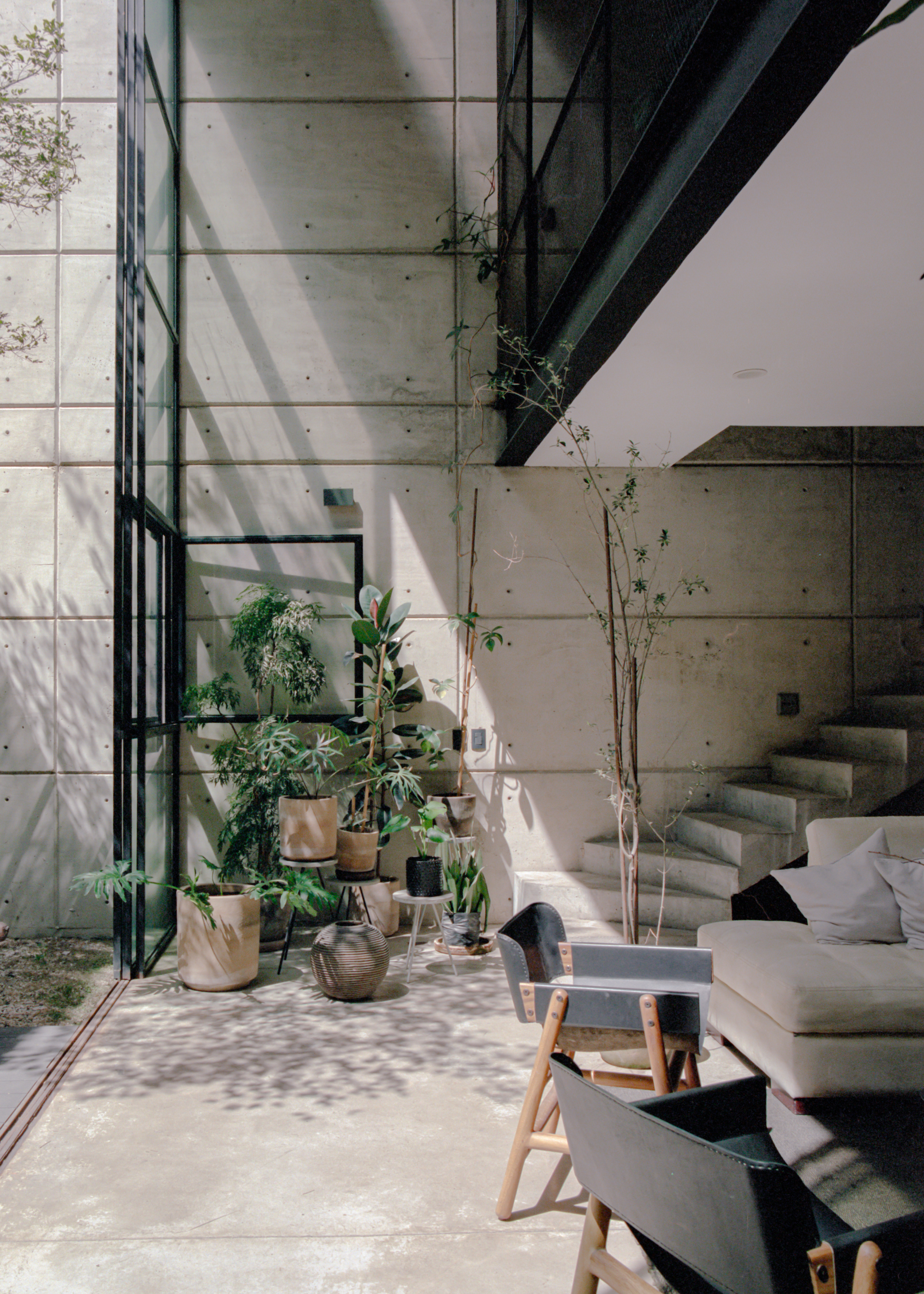
Introducing pebble trays to potted plants is a popular method of boosting the humidity levels in an interior garden. And as tranquil an addition as they may seem, they're not really the supercharging humidity boosters they claim to be.
There is no factual scientific research behind pebble trays being an exponential source of humidity. However, they won't harm your plant, so you don't need to get rid of them just yet.
But if humidity is the objective you're looking to meet, then I recommend investing in a humidifier. This Cool Mist Houseplant Humidifier from Amazon is a sleek option that features a 360° nozzle and auto shut-off.
Or you can also create an indoor plant corner in a grouped setting for increased mutual humidification.
4. Plant Baths Are a Trusty Humidity Booster
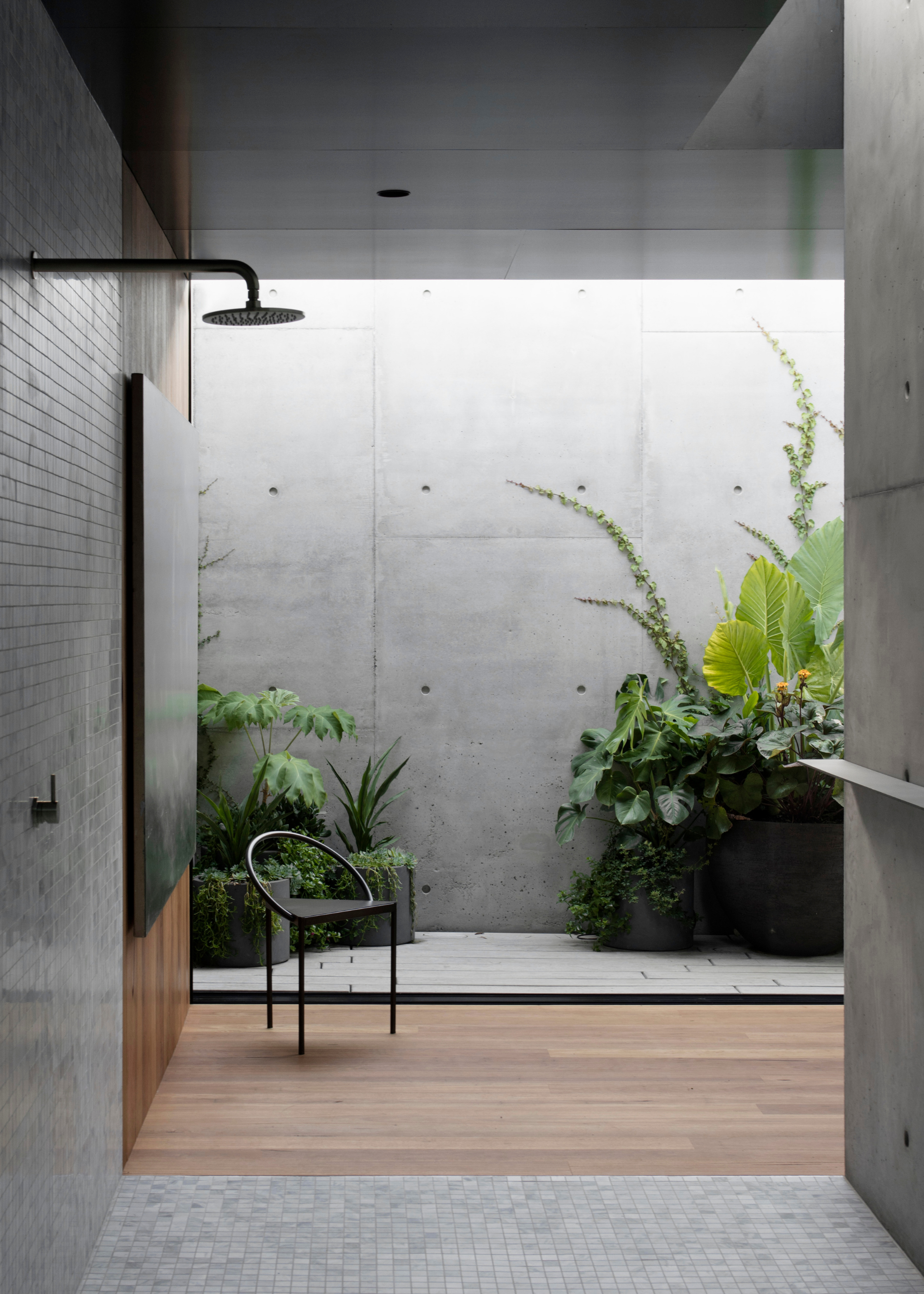
I've seen a couple of videos on my algorithm claiming that there's nothing like a refreshing bath for your houseplants to increase the humidity levels in your container garden.
However, on further research, I found that this doesn't actually do much for sustained humidity. Sure, you'll be left with dust-free leaves and glossy stems, but that's all there is to it.
Instead of relying on a plant bath to increase your indoor garden's humidity levels, try shifting it to a room that's less dry for better long-term results. Or consider this your sign to invest in a humidifier for your houseplants.
5. Raising Humidity Is the Cure for Dying Leaves

Keeping to a houseplant care schedule can be tough, and the aftermath of this neglect often shows itself in crunchy leaves and wilting stems. And although it's said that humidity is the answer to these problems, that's not necessarily true.
Increased humidity isn't a one-size-fits-all cure to any issue your plant might be exhibiting. Take crispy leaves, for example; this could be caused by a lack of humidity, but there could also be other culprits at play.
From underwatering to plant pests and even overwatering, there are a couple of issues that could be the cause of your houseplant's less-than-perfect stature. So it's important to determine the cause before jumping to humidity as a problem solver.
Plantopedia: The Definitive Guide to Houseplants by Lauren Camilleri & Sophia Kaplan offers over 130 detailed plant profiles with reliable care information for a flourishing indoor garden.
The Kew Gardener’s Guide to Growing House Plants: The Art and Science to Grow your Own House Plants by Kew Royal Botanic Gardens is a beautiful read for beginner gardeners looking to get started.
Living Wild: How to Plant Style your Home & Cultivate Happiness by Hilton Carter is a treasure trove of advice to take a simple container garden and transform it into a stunning array of focal foliage.
FAQs
Is 70% Humidity Too High for Plants?
Tony tells us that the need for 70% humidity depends completely on the plant species. "70% humidity is ideal for many tropical plants, but can be too high for others, increasing the risk of fungal diseases and pests," he notes. "Good air circulation is crucial when maintaining high humidity to prevent these issues."
There are a number of outdated houseplant trends I will not be practicing going forward. And hastily following every plant care hack I come across is definitely one of them.
Instead, I recommend looking to certified plant influencers or even experts at your local nursery for trusted tips that won't cost you a beautiful houseplant or two.







